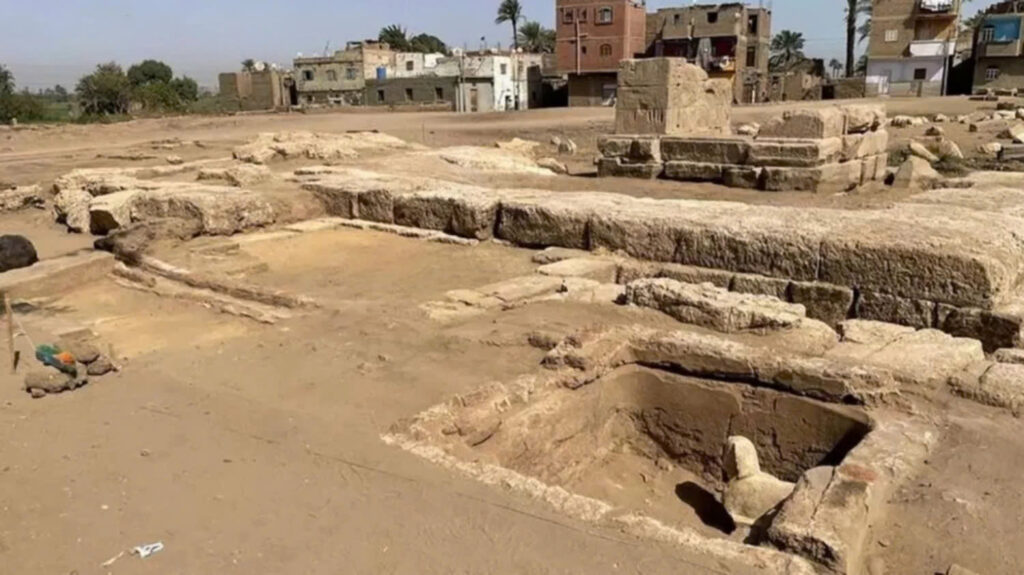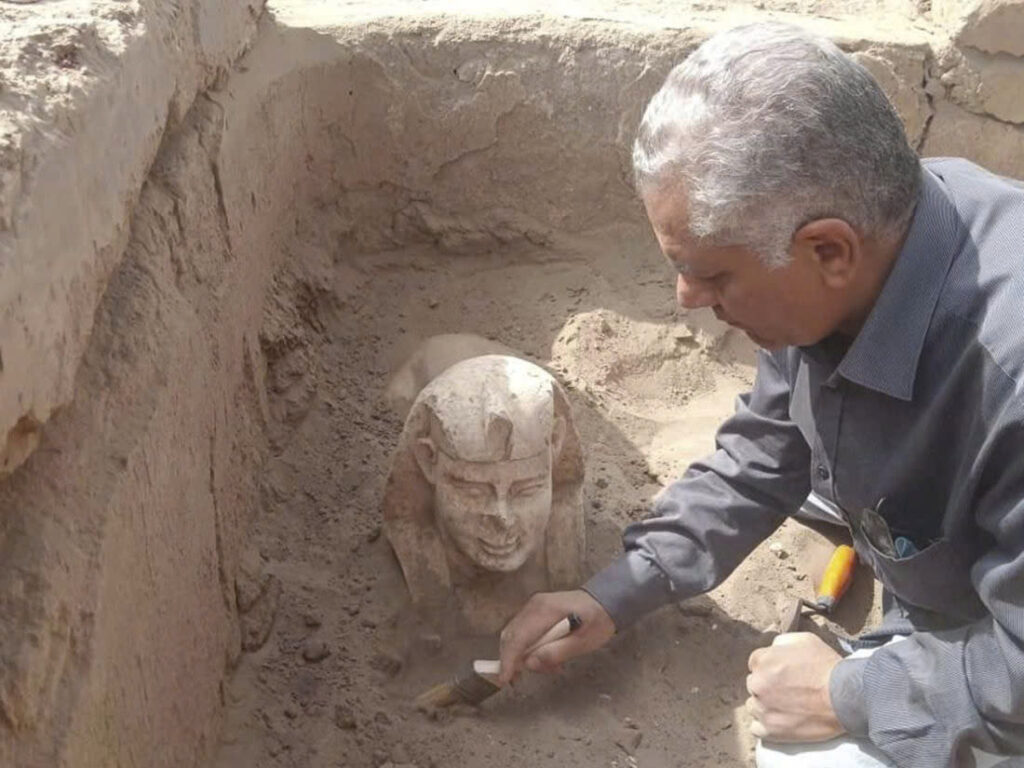Remarkable Find in Southern Egypt

Archaeologists in Egypt have made an extraordinary discovery, unearthing a Roman-era limestone cabin and a royal sphinx statue within the ancient temple complex of Dendera. Located in Qena Province, approximately 450 kilometers south of Cairo, this find has sparked excitement among historians and archaeology enthusiasts alike.
A Smiling Emperor in Stone
The sphinx statue, found nestled inside a large water basin within the two-story cabin, is believed to bear the likeness of Roman Emperor Claudius. Known for expanding the empire’s reach into North Africa between 41 and 54 A.D., Claudius’s supposed visage wears a subtle smile, complete with charming dimples on either side of its mouth.

Dr. Mamdouh El Damaty, the leader of the archaeological mission and a former antiquities minister, described the statue as “really beautiful” with precisely depicted royal features. Traces of yellow and red pigments still cling to the face, offering a glimpse into its original coloration.
Ancient Egyptian Symbolism Meets Roman Rule

The sphinx’s head is adorned with the ancient Egyptian Nemes headdress, a striped cloth typically worn by pharaohs. Above its brow, a sculpted cobra flares protectively, adhering to the traditional symbolism of royal statues. While smaller than its famous counterpart at Giza, this newly discovered sphinx is no less significant in its historical value.
More Than Just a Pretty Face

Accompanying the sphinx, archaeologists uncovered a Roman-era tablet inscribed with both hieroglyphs and demotic script, providing additional context to the find. The discovery hints at the rich cultural tapestry of Egypt during the Roman period, where ancient Egyptian traditions blended with the influence of their new rulers.
Looking to the Future
The archaeological team plans to continue their work at Dendera, with hopes of uncovering more treasures. Of particular interest is a small temple dedicated to the goddess Isis, believed to have been built by Emperor Nero, Claudius’s successor. Researchers also suspect the existence of an underground passage linking this temple to another dedicated to the god Horus.

As excavations progress, this remarkable discovery serves as a testament to Egypt’s enduring ability to surprise and captivate us with glimpses into its magnificent past.

